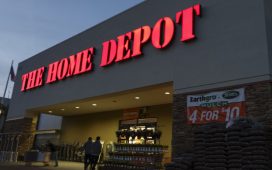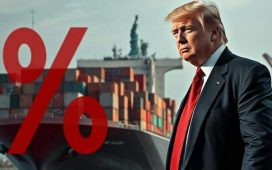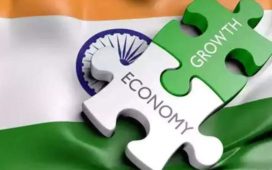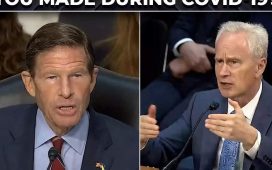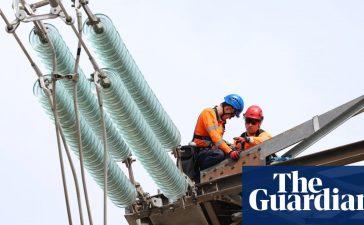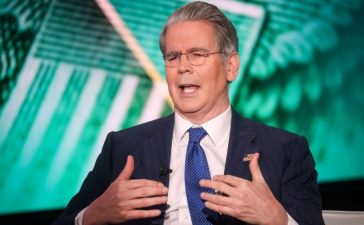Norfolk Island has a population of over 2,000 people and lies 1,600km (1,000 miles) north-east of Sydney and its economy revolves around tourism. The 29% tariff is 19 percentage points higher than the rest of Australia.
In 2023, Norfolk Island exported US$655,000 (A$1.04m) worth of goods to the US, with its main export being US$413,000 (A$658,000) worth of leather footwear, according to Observatory of Economic Complexity data.
‘We are scratching our heads’
According to US government data, the U.S. has recorded trade deficits with Norfolk Island for the past three years, reports news agency Reuters. “To my knowledge, we do not export anything to the United States,” Norfolk Island Administrator George Plant, the Australian government’s representative on the island, told the AP on Thursday. “We don’t charge tariffs on anything. I can’t think of any non-tariff barriers that would be in place either, so we’re scratching our heads here.”
“Norfolk Island has got a 29% tariff. I’m not quite sure that Norfolk Island, with respect to it, is a trade competitor with the giant economy of the United States, but that just shows and exemplifies the fact that nowhere on earth is safe from this,” Australian Prime Minister Antony Albanese told media.
Richard Cottle, owner of a concrete-mixing business on Norfolk Island, told Reuters there was only one explanation when Trump unveiled a hefty 29% tariff on the tiny territory about 600 miles off eastern Australia: “it was just a mistake”.
“Norfolk Island is a little dot in the world,” said Cottle by phone. “We don’t export anything.”
Norfolk Island was among dozens of tiny territories which appeared on the same list as China and the European Union as recipients of Trump’s highly anticipated tariff regime, even though they do not have a real manufacturing or export industry.
Norfolk Island’s imports from the America peaked at $11.7 million in 2020, when no exports were recorded. The data did not specify what goods were traded, as per a Reuters report.
“Products from Norfolk Island are going to have a 29% tariff? Well, there is no product, so it’s not going to have an effect,” Gye Duncan, who owns a tax consultancy on the island, told Reuters.
ALSO READ: Pete Hegseth was asked about his wife attending high-level sensitive military meetings. Here’s what happened next
Miles Howe, a retired Australian public servant and former Norfolk Island Chamber of Commerce president, who lives on the island, said he did not think the tariffs worried Norfolk Island’s people.
“I think everyone’s rather amused by the idea that we’d even register on the radar of somebody like Donald Trump.”
Trump imposes tariffs on uninhabited islands
While several countries were prepared for Trump’s harsh measures, no one had an idea that the US President would subject even uninhabited islands to his wrath. The Heard and McDonald Islands, known for their remote location and thriving wildlife populations, were among the territories targeted as part of Trump’s broader trade policy push.
During the press conference, Trump used a poster to display the countries and territories affected by the new tariffs, while additional details were provided on printed sheets distributed to reporters. One of the sheets suggested that the Heard and McDonald Islands currently impose a “Tariff to the USA.” of 10%, specifying in small print that this includes “currency manipulation and trade barriers.” In response, the US is implementing “discounted reciprocal tariffs” at the same 10% rate.
The export figures from Heard Island and McDonald Islands are even more perplexing. The territory does have a fishery but no buildings or human habitation whatsoever.
According to World Bank export data, the U.S. imported $1.4 million (A$2.23 million) worth of goods from Heard Island and McDonald Islands in 2022, with the vast majority classified as “machinery and electrical” products. The specific nature of these imports remains unclear.
In the preceding five years, annual imports from the territory fluctuated between $15,000 (A$24,000) and $325,000 (A$518,000).
(With inputs from agencies)


